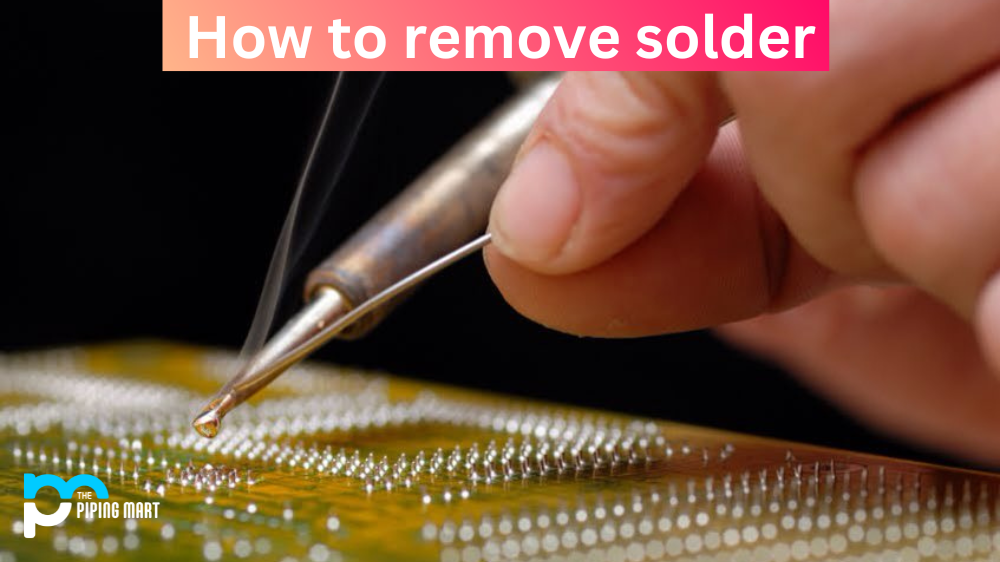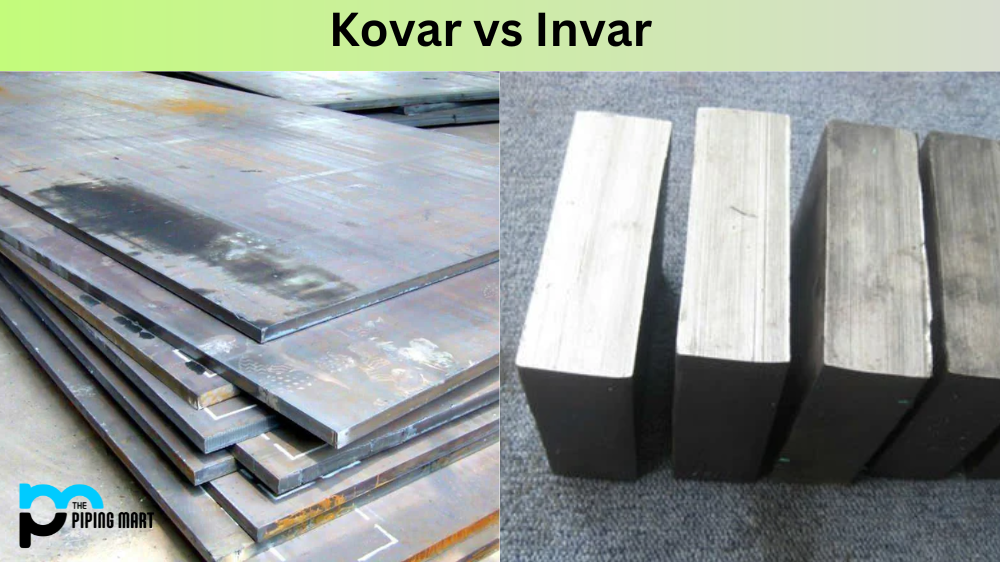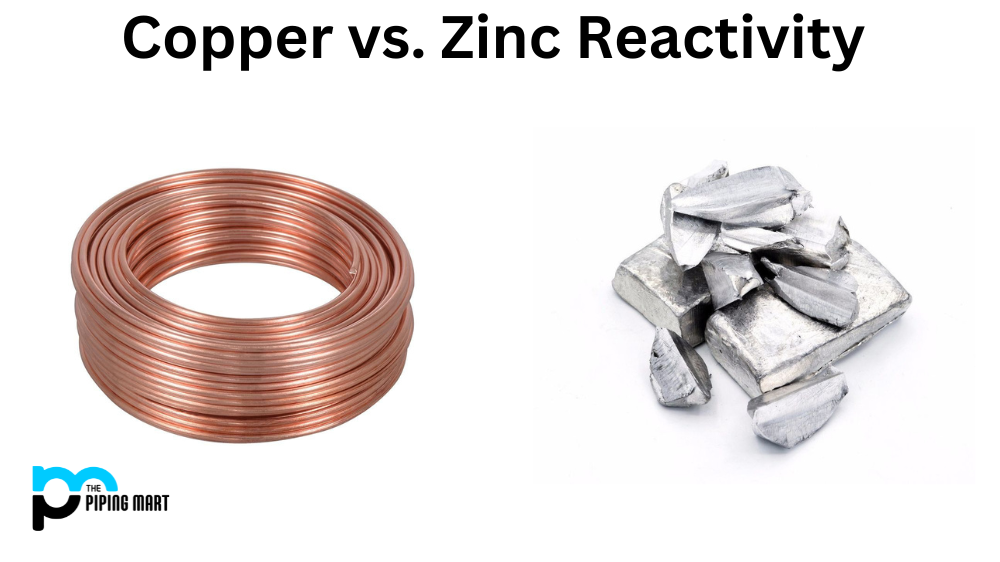The ability to remove solder is a valuable skill for any electronic enthusiast or repair person. This article will give an overview of some of the most common techniques used to remove solder from circuit boards. Whether you are a beginner or experienced in soldering, understanding these methods can help you work more efficiently and effectively when it comes time for removal and replacement.
Mechanical Removal Using Pliers or Tweezers
Using mechanical force is one of the most common methods for removing solder from a circuit board. Pliers and tweezers can be used to grip the component, allowing you to pull it out with ease. It’s important to note that this method should only be used on components that are not heat-sensitive, as excessive force may damage them. Additionally, it may not be possible to use this technique if there are tight spaces between components that make it difficult to get a grip on the part.
Desoldering Braid (Solder Wick)
Desoldering braid is a type of copper wire that has been woven into a thick strip and coated with flux. The braid is laid over the joint and heated up with an iron until the solder melts away from the connection points. This technique works best when there is minimal excess solder on the board, as too much can cause bridging between components, leading to shorts in your circuitry. Additionally, using too much heat can damage sensitive components, so make sure you exercise caution when using this method!
Vacuum Desoldering (Solder Sucker)
A vacuum desoldering tool, sometimes referred to as a “solder sucker,” uses suction power to draw melted solder away from connection points on the board. This method can be effective if there is not too much excess solder present, but keep in mind that it may not always be able to remove every bit of solder from each connection point. As with other desoldering methods, it’s important to take care not to apply too much heat or force which could potentially damage sensitive components nearby!
Conclusion:
Solder removal is an essential skill for any technician working with electronics — whether they’re repairing something broken or building something new! Mechanical removal tools such as pliers and tweezers can be helpful in certain situations but should only be used on non-heat-sensitive components due to the potential damage they could cause. Desoldering braid and vacuum desoldered are better options when attempting more delicate jobs because they require less pressure/force and won’t run the risk of damaging components nearby. No matter which method you choose, always take care not to apply too much heat or force when attempting a soldering job — this could result in damaged components or worse! If done properly, however, removing soldered joints should be fast and easy!
Sakshee is a talented blogger, with a particular focus on the Business and Metal Industry. She is passionate about sharing her insights on various metal products and helping professionals to make a better decisions.




